|
Whereas yesterday we had spent most of our time in the desert near Giza, a short distance from Cairo, today would see us exploring the areas in and around the city itself. Our day started early with a buffet breakfast at the Ramses Hilton Hotel. George, our tour guide and Egyptologist met us in the hotel lobby at 8:30am. From there, we boarded our air-conditioned van and drove the short distance to The Citadel of Cairo, (also known as the Citadel of Saladin), a medieval Islamic-era fortification which served as the seat of government in Egypt and the residence of its rulers from the 13th to the 19th centuries. It is situated atop one of the peaks of the Mokattam hills near the center of Cairo and as such overlooks the city and its impressive skyline. While it has long been known as an ambitious military fortification it is now a preserved historic site, including mosques and museums. Within its confines is the spectacular Great Mosque of Muhammad Ali Pasha which was built by Muhammad Ali Pasha between 1830 and 1848. Because is it situated on the summit of the citadel, this Ottoman mosque, the largest to be built in the first half of the 19th century, is the most visible mosque in Cairo. The mosque was built in memory of Tusun Pasha, Muhammad Ali's oldest son, who died in 1816. The mosque, because of its height and prominence near the centre of the city, is one of the first features that is seen when approaching the city from any direction. After spending about an hour at the Citadel, we boarded the van and drove about 15 minutes to one of Cairo’s poorest neigbourhoods, Manshiyat Naser, also referred to as Cairo’s Garbage City. This part of Cairo is inhabited by approximately 260,000 mostly Coptic Christians. Manshiyat Naser is called Garbage City because its inhabitants are trying to eke out a living by recycling and selling what other people throw away. Cairo’s garbage collectors, the Zabbaleen, bring the city’s rubbish here where it is sorted, recycled and sold. The area has poor living conditions and rubbish is piled everywhere. Families will specialize in certain types of garbage eg, plastics, paper products or steel and these products fill their living quarters, overflowing into the streets and even onto the roofs of their houses. There is a lack of basic infrastructure in Garbage City such as sewers, electricity and water, yet, the people that we saw who lived there seemed to be content with their minimalist lifestyle. Despite its slumish appearance, Garbage City is home to the largest church in the Middle East - Saint Simon Church (also called the Cave Church) - and is a fascinating feat of architectural design. This is a Coptic Christian church which is carved out of rock and is used by the Garbage City Christians as a place of worship and also rented out for concerts and performances. It seats over 15,0000 people and its natural acoustics make it a perfect spot to listen to music or an inspiring sermon. A separate cave, St Simon the Tanner Hall, accommodates up to 2000 people and its walls are engraved with the scenes from various biblical stories. We walked back from the Cave Church to our waiting van at the edge of Garbage City. After boarding the van we meandered slowly and carefully through the narrow cart-path streets of Garbage City and back towards the centre of Cairo. We made a brief stop in Coptic Cairo (Old Cairo) to visit one of its most famous churches - the Saint Mary’s Coptic Orthodox Church, more famously known as the Hanging Church. It is one of the oldest churches in all of Egypt, with an original church located on this site dating back to the 3rd Century. It is referred to as the Hanging Church because it is built above the gatehouse of an ancient Roman fortress and the nave of the church is suspended over a passage. The church is also reported to have been the site of several Marian apparitions. After our brief stop at the Hanging Church, we proceeded to downtown Cairo where George had arranged for us to have lunch on a river boat, converted to a restaurant, on the banks of the Nile. Our small group sat at an elongated rectangular table and were served a variety of dips, pita, chicken and rice. The hot afternoon sun drenched the dining area in bright sunshine. After lunch we made our way to one of the most incredible museums in the world - The Museum of Egyptian Antiquities which opened in 1902 and houses the largest collection of Egyptian artifacts, more than 160,000, including the contents of the tomb of King Tutankhamun. The treasures in this museum are spread over two floors, with dozens of separate rooms and alcoves on each. There are areas dedicated to pharaohs whose mummified remains are displayed inside their sarcophagi. The most fascinating room for me was the special area reserved for the treasures that were removed from the tomb of King Tut in the Valley of the Kings. There are more than 1200 artifacts in this room alone, the highlight of which is the incredible Mask of King Tut containing more than 11 kilograms of pure gold. We spent just under 2 hours in the museum which in retrospect was not nearly enough time. A half day in is probably the minimum amount of time needed to absorb the plethora of riches that this museum has to offer. We left the museum in the late afternoon and returned to our hotel to relax by the pool. Our Egyptian friend Sammy met us at the pool for a drink where we solidified our plans for the evening. Sammy, Kim, Ian and Erika decided to head out for dinner at Villa Caracas. Karen, Geoff and I opted for a more leisurely evening and decided to eat at the hotel restaurant. Our evening started with an eventful Uber drive to the restaurant. As we were driving the time came for the fast to be broken and all along the medians in the road, people were lined up giving out glasses of juice. Our driver slowed at a light and insisted that we also partake in the juice even though he was the only one who had been fasting. Upon arrival at the Villa Caracas, the mood was very lively as many families came out to celebrate the end of the fast for the day with an Iftar meal. Since it was Ramadan the restaurant had set menus with several courses available where you chose from a list of options. We let Sammy choose our dishes and all of them were absolutely amazing! We were so full after our meal that we decided to head over to the Khan el Khalili bazaar for a walk. The bazaar was filled with people and all around the grounds leading to the main laneways were families enjoying their evening and the festivities of Ramadan. Within the bazaar there were numerous stalls selling food, clothing, accessories, decorations, and many other trinkets and souvenirs were available for purchase. It was brightly lit and the vendors were calling out to us selling their wares. It was fun and very animated. A fun end to a great day in Cairo. Planning a trip to Egypt? Reach out for expert advice and assistance with your holiday planning.
Continue to Day 4 - click here
0 Comments
Your comment will be posted after it is approved.
Leave a Reply. |
Sharing Our Travel DreamsSharing our personal experiences onboard and on the road, along with tips and insight for creating memorable vacations. Archives
March 2021
Categories
All
|

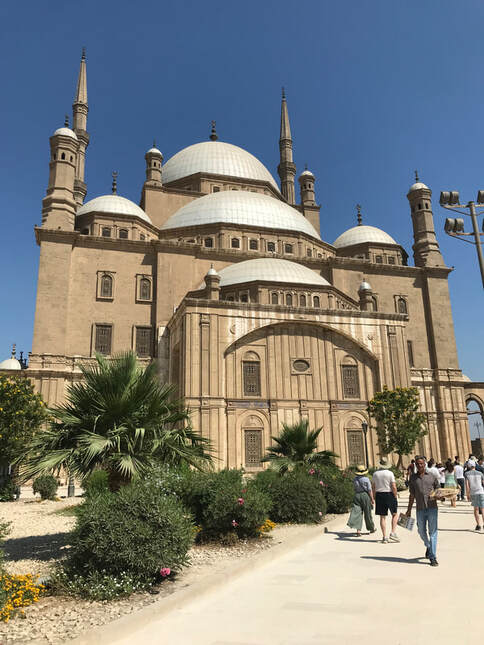
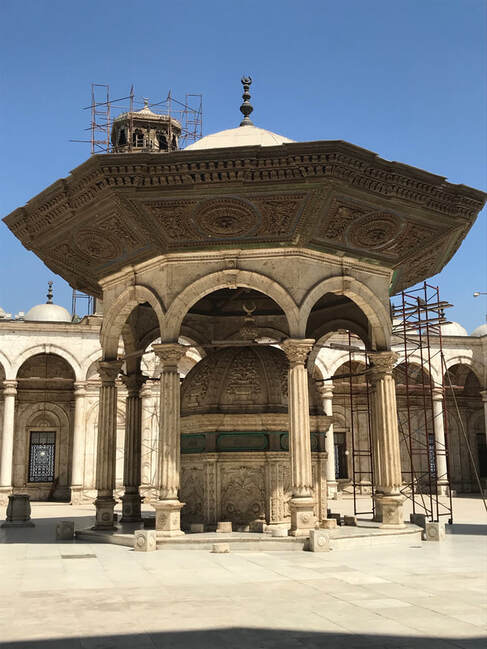
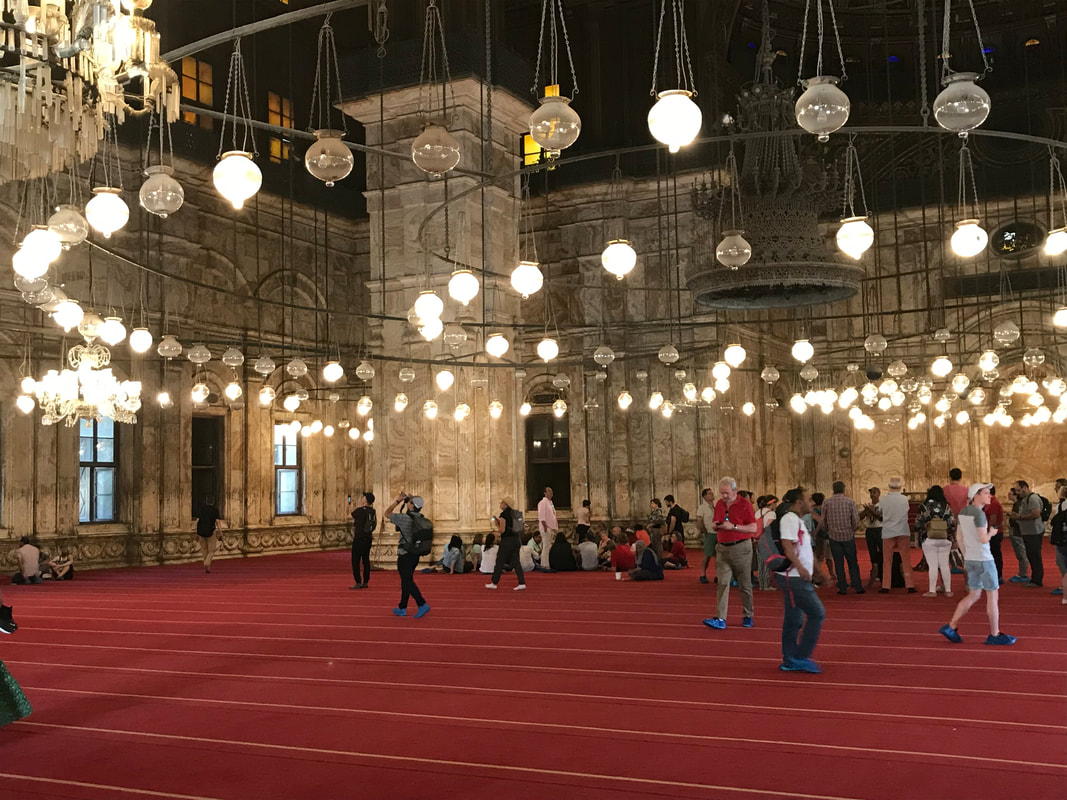
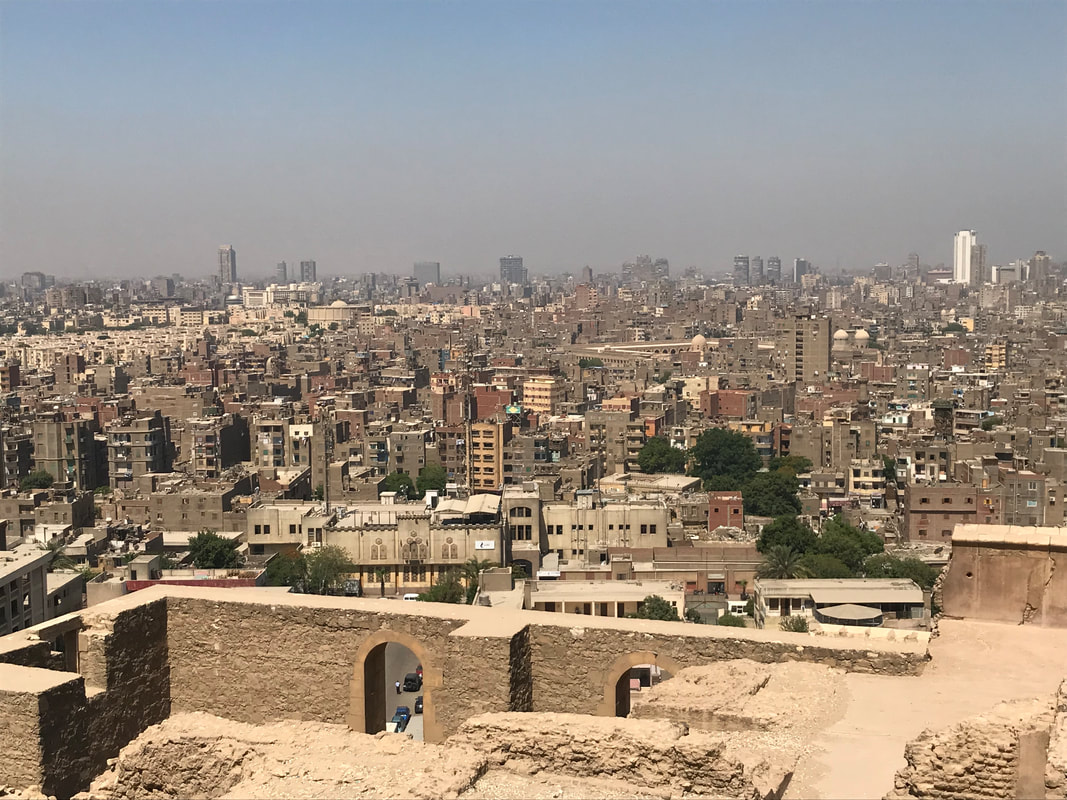
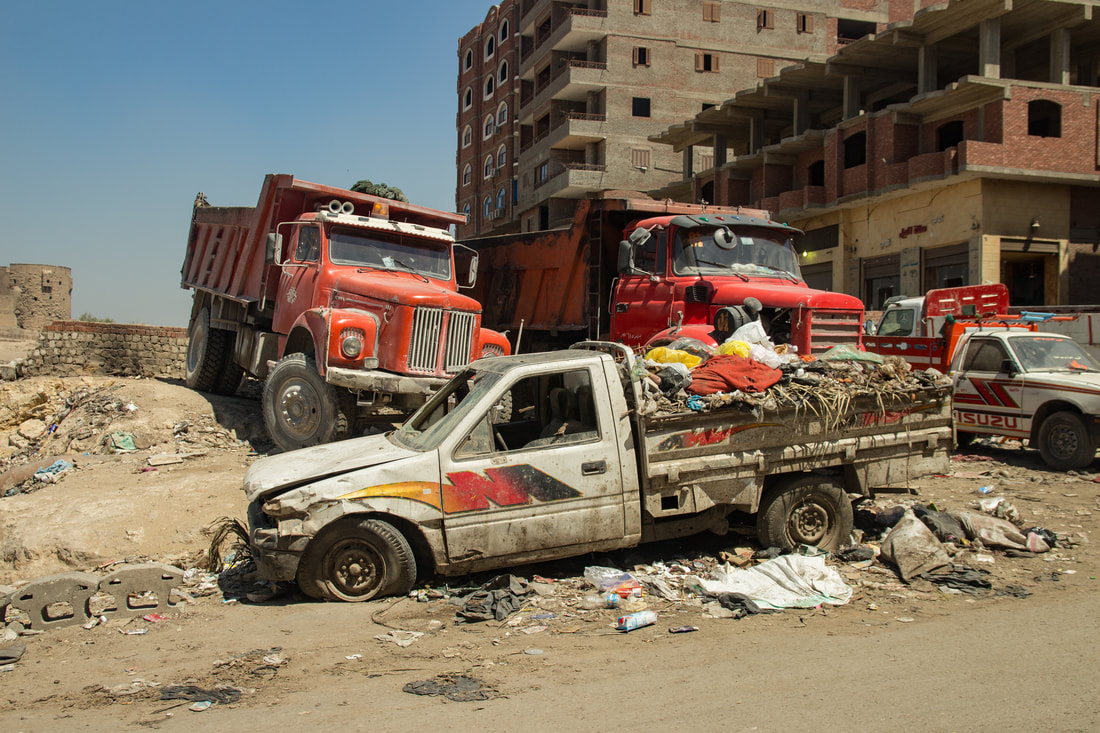
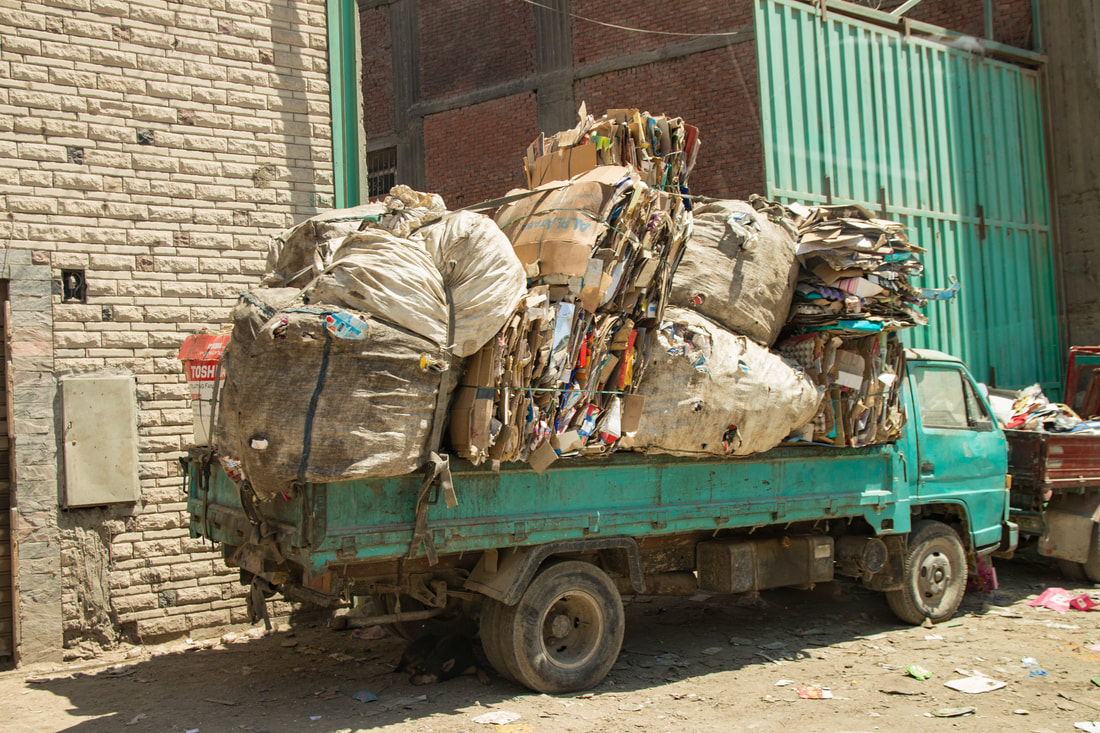
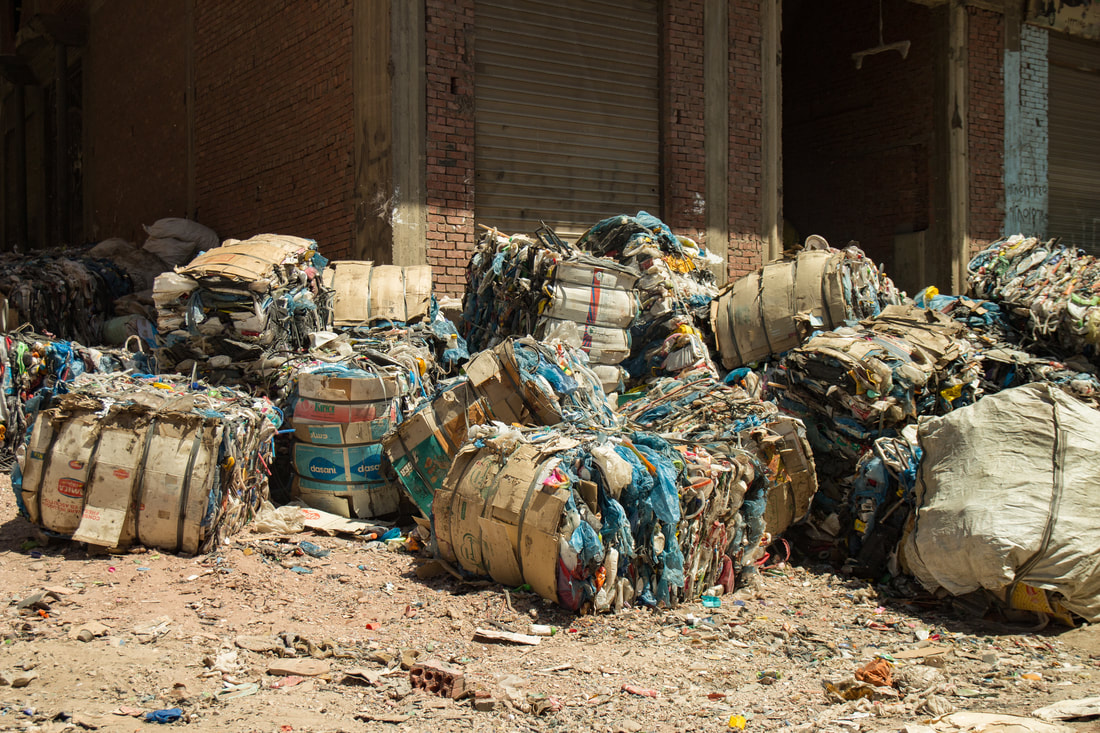
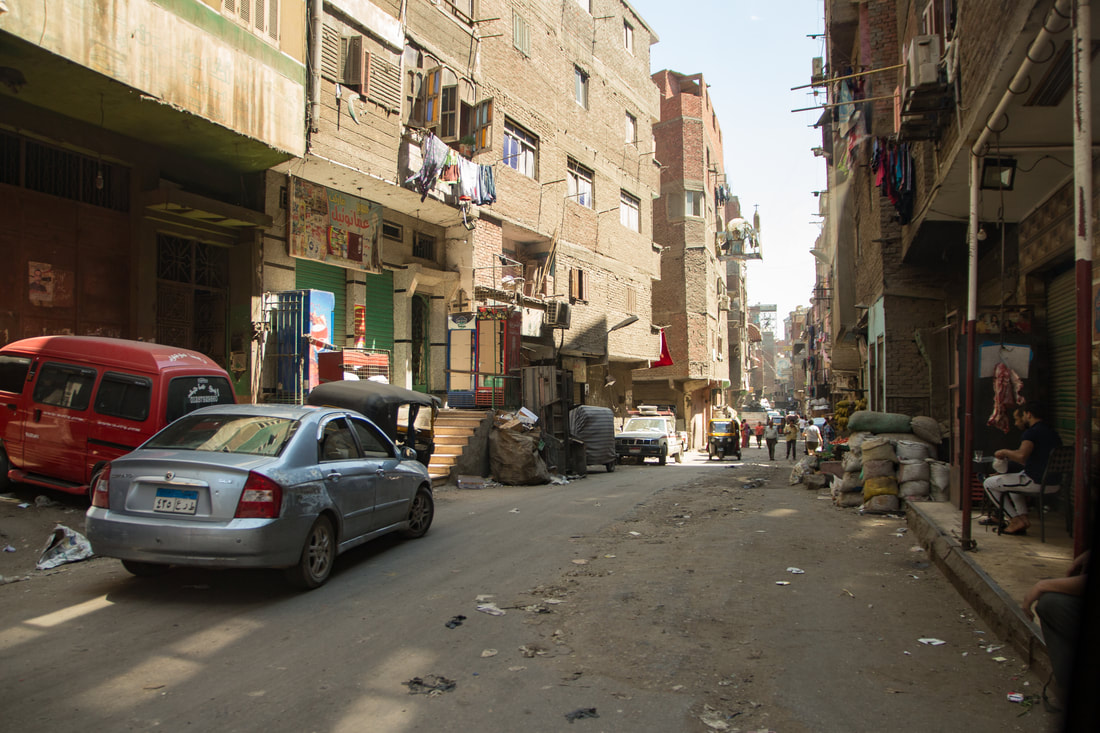
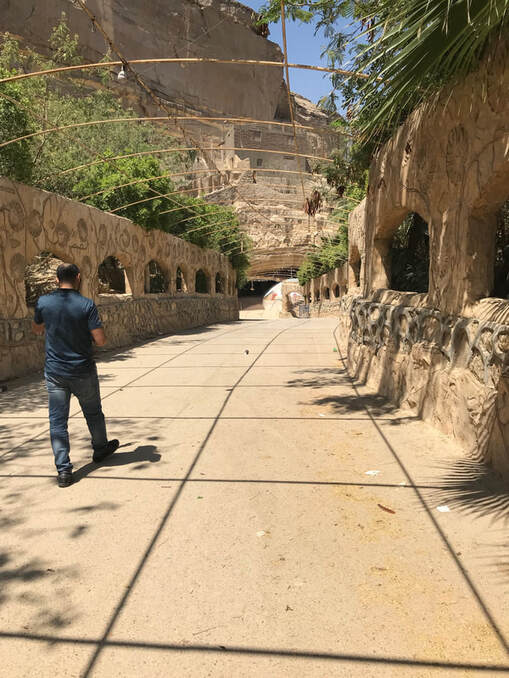
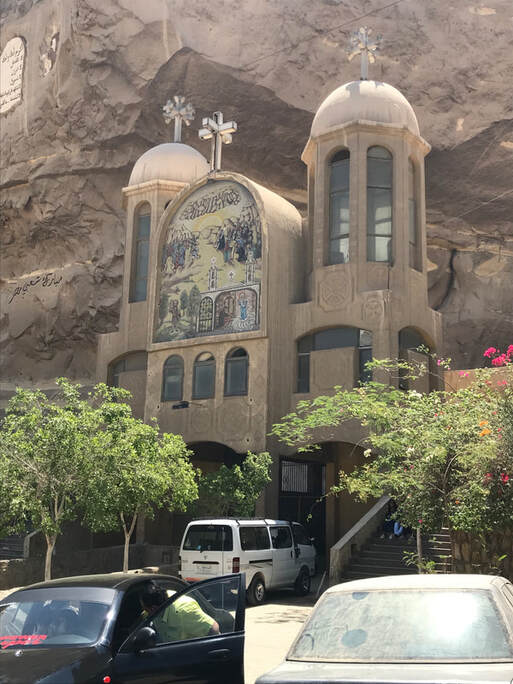
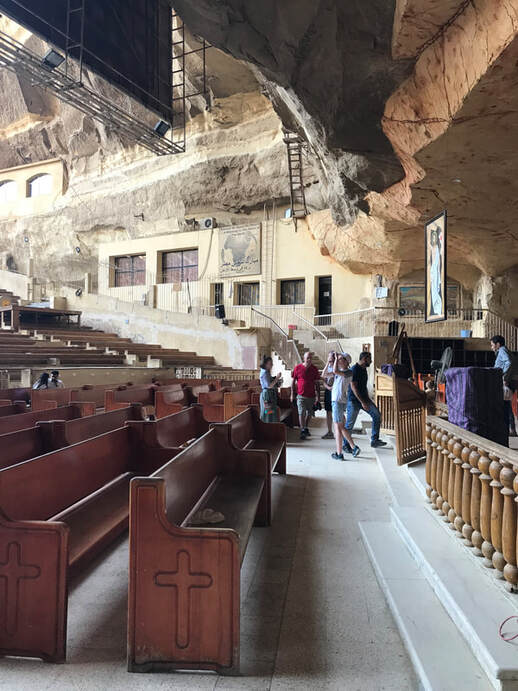
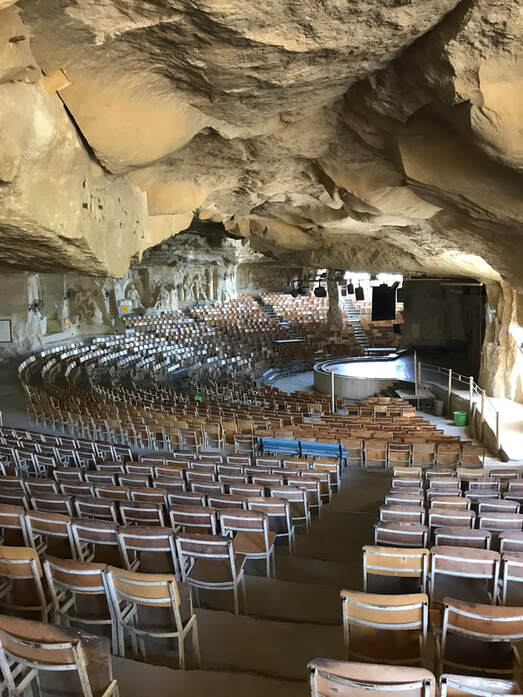
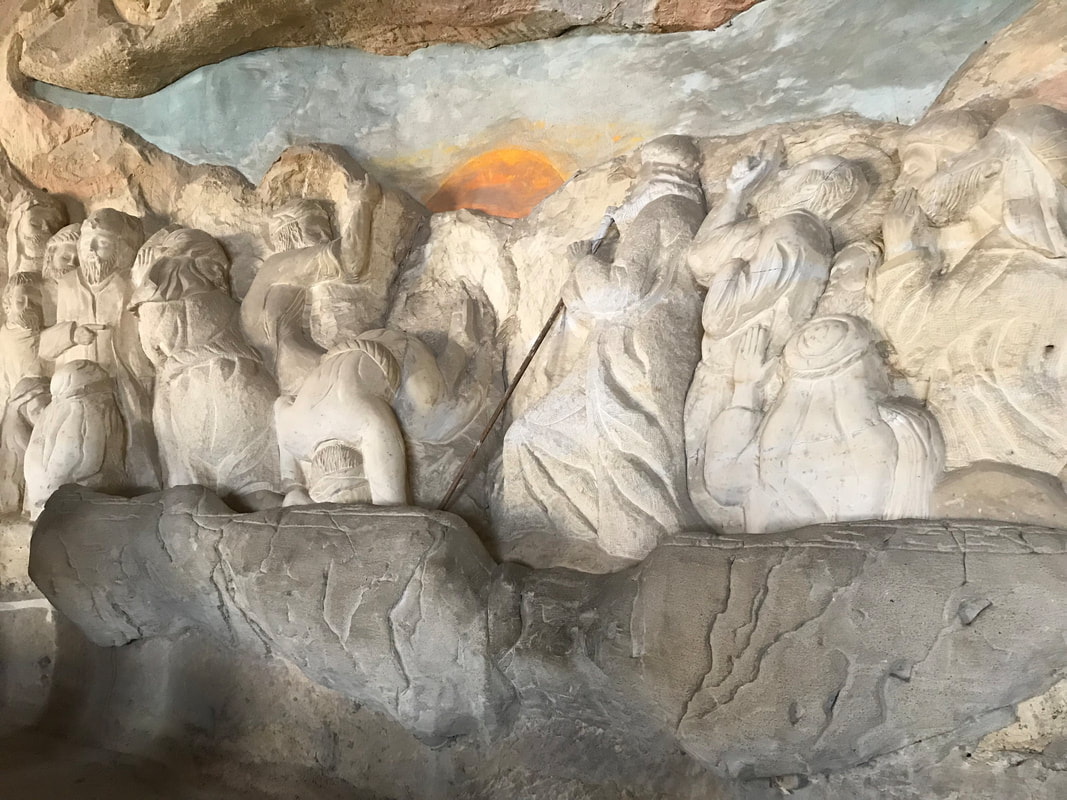
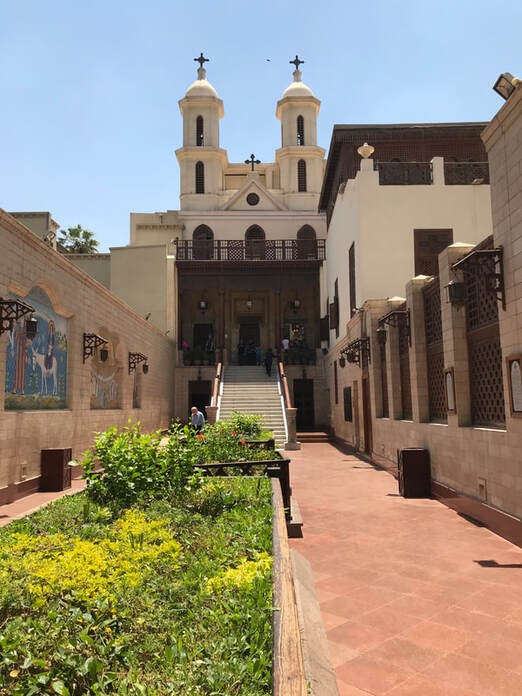
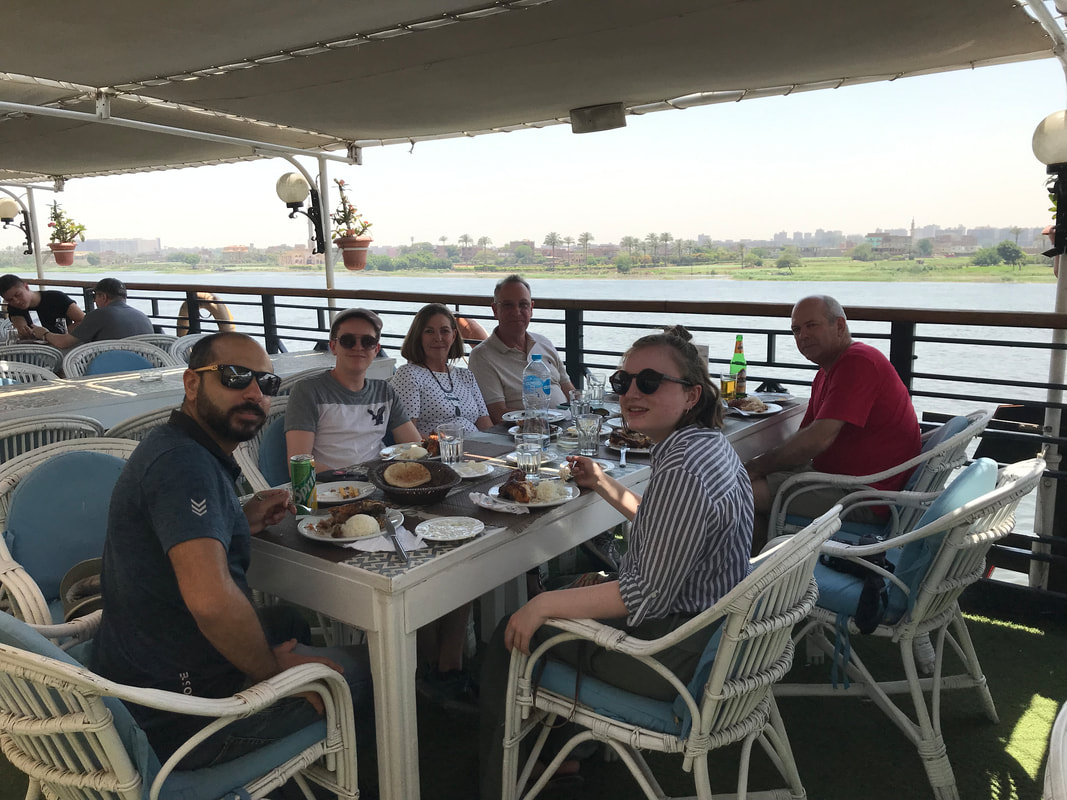
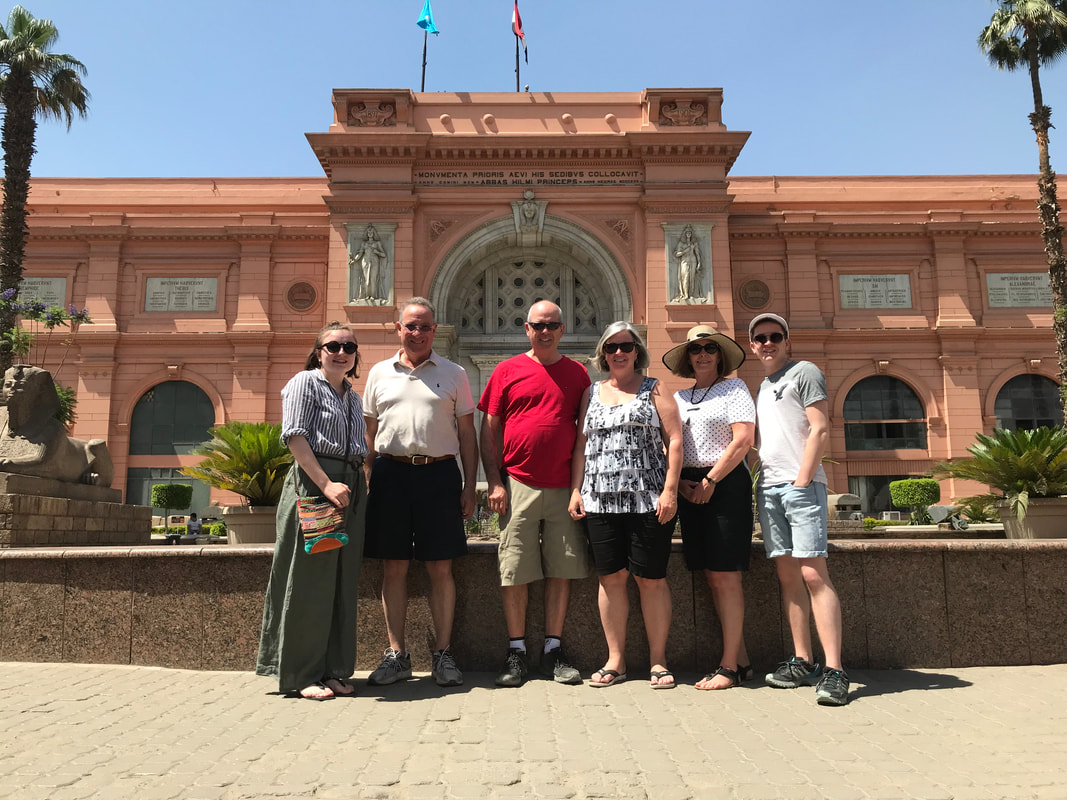
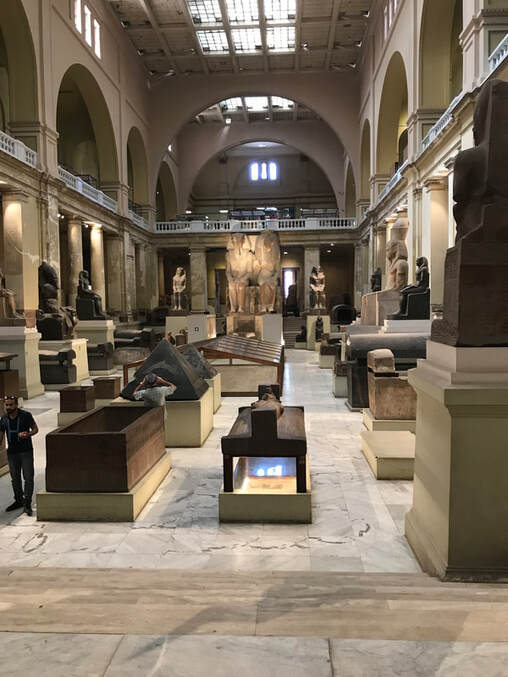
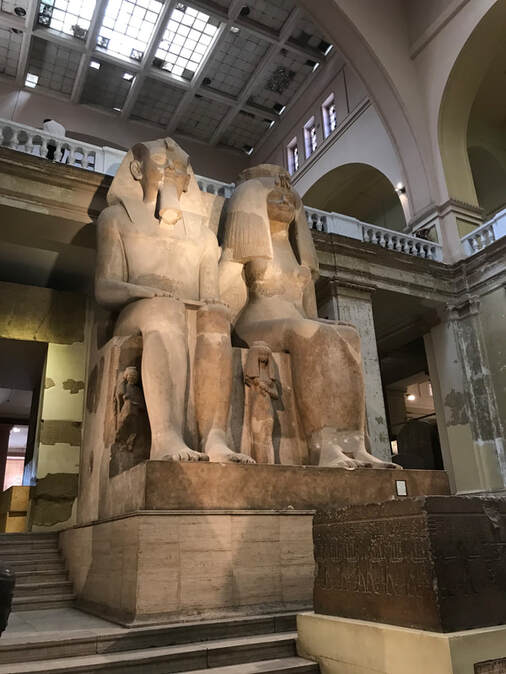
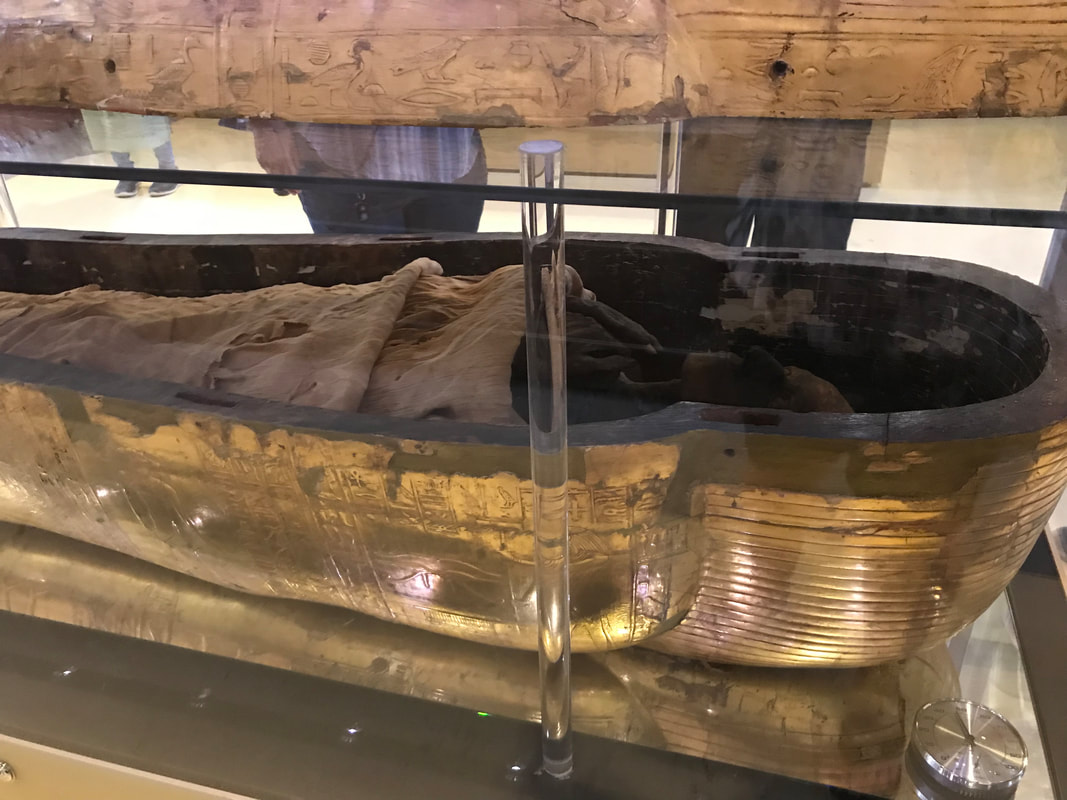
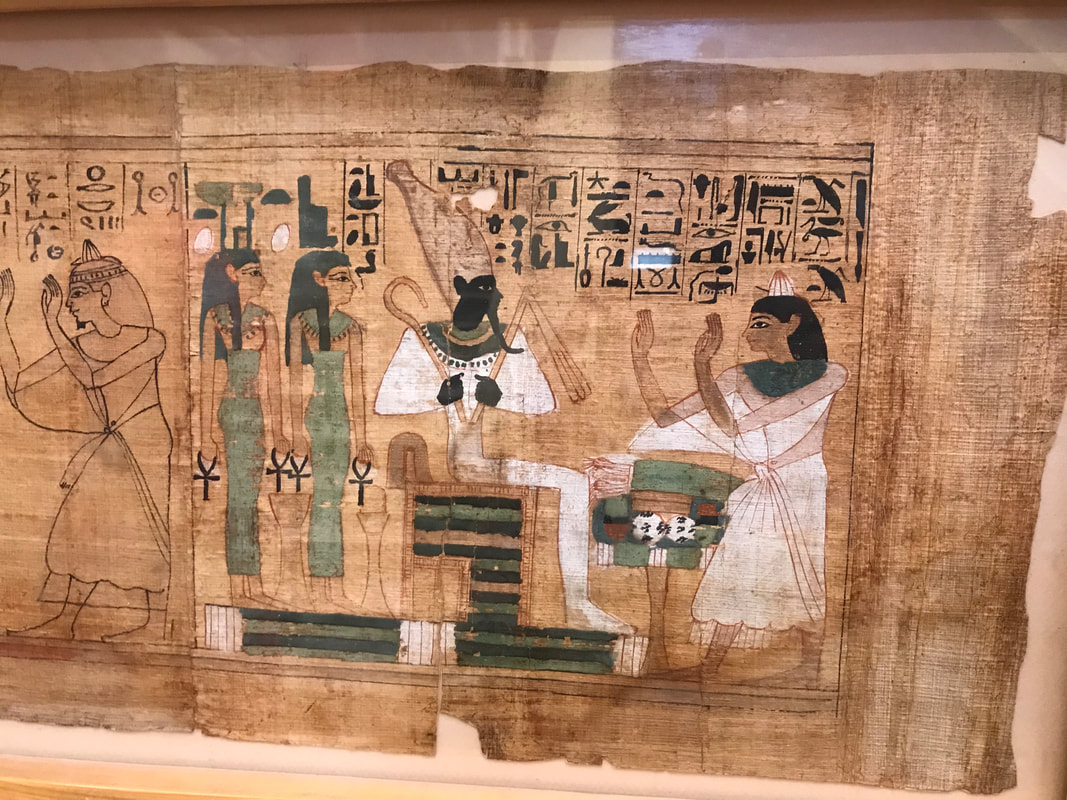
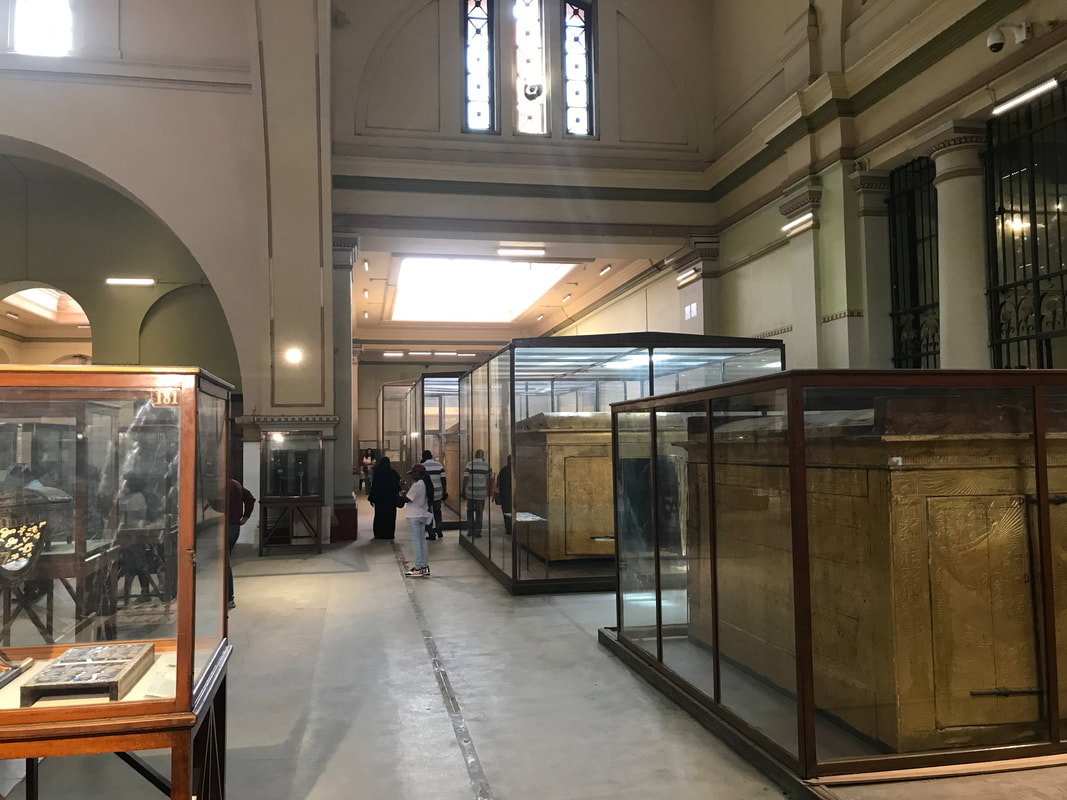
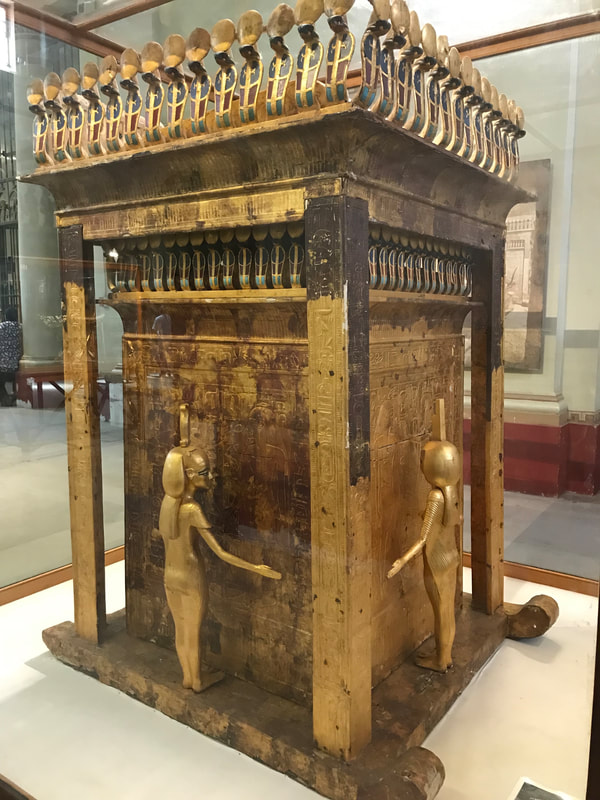
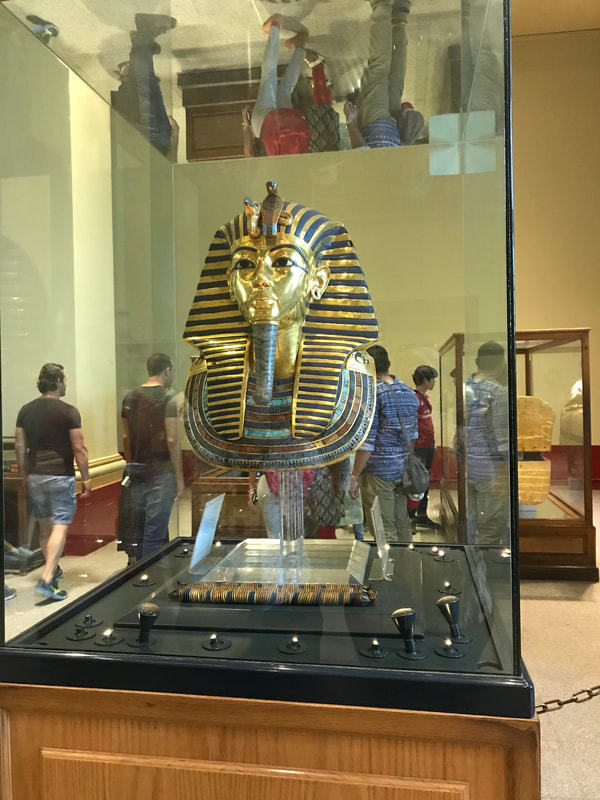
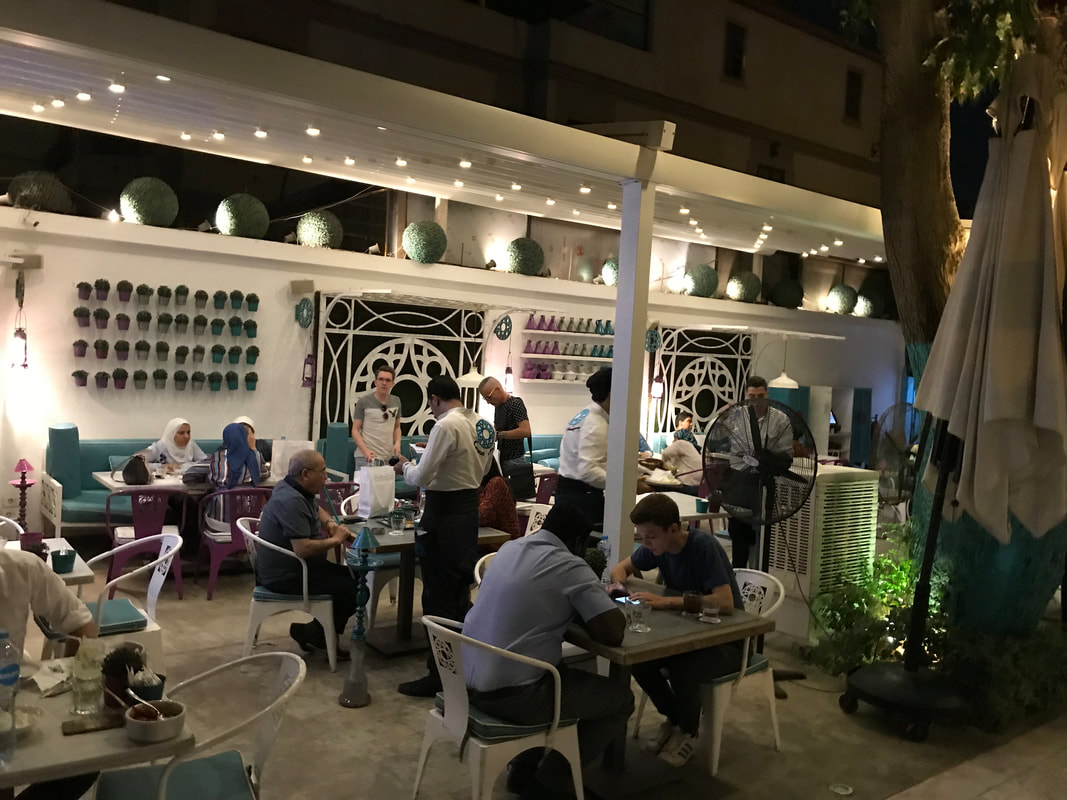
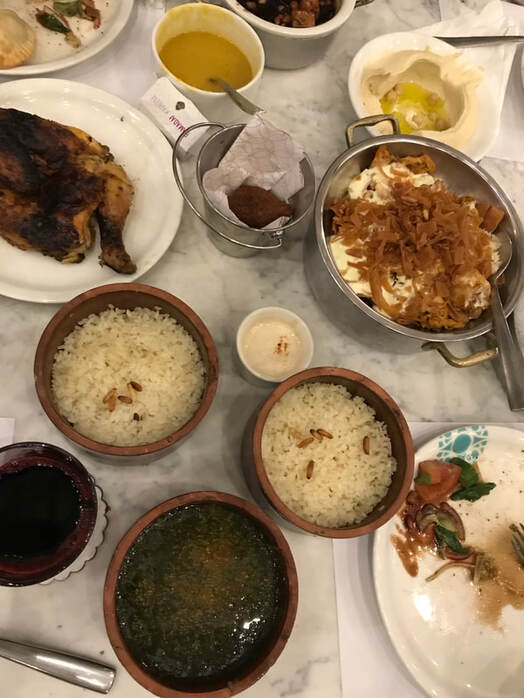
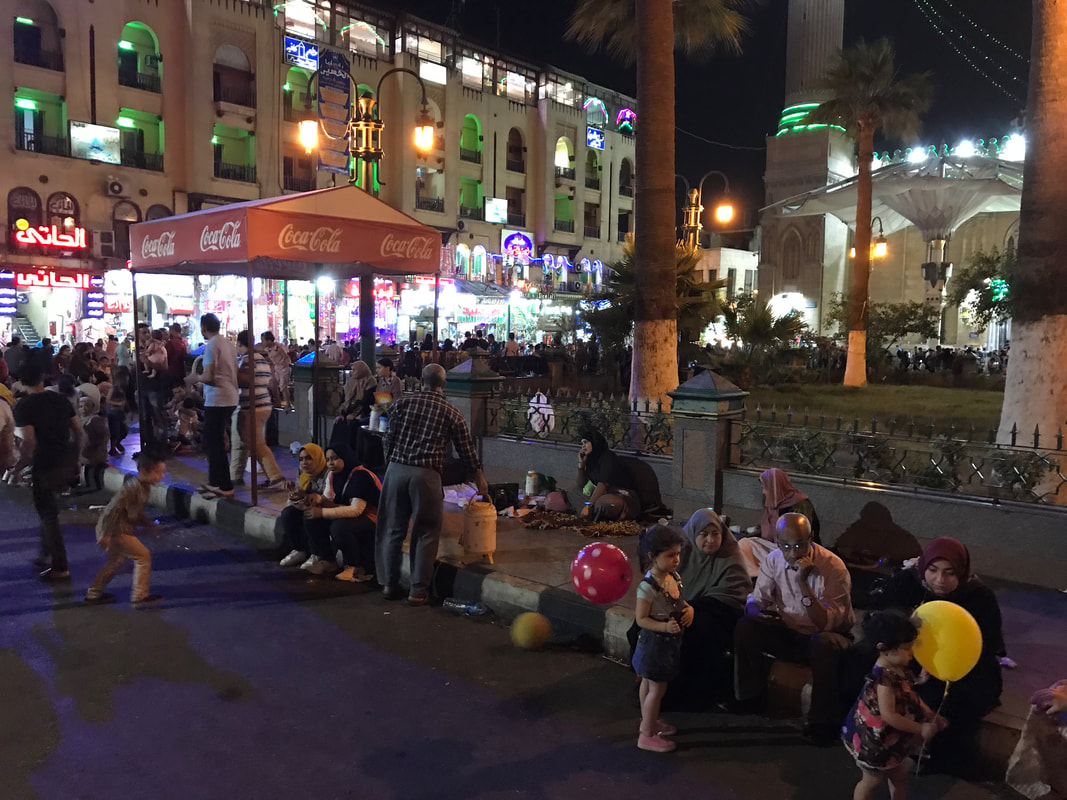
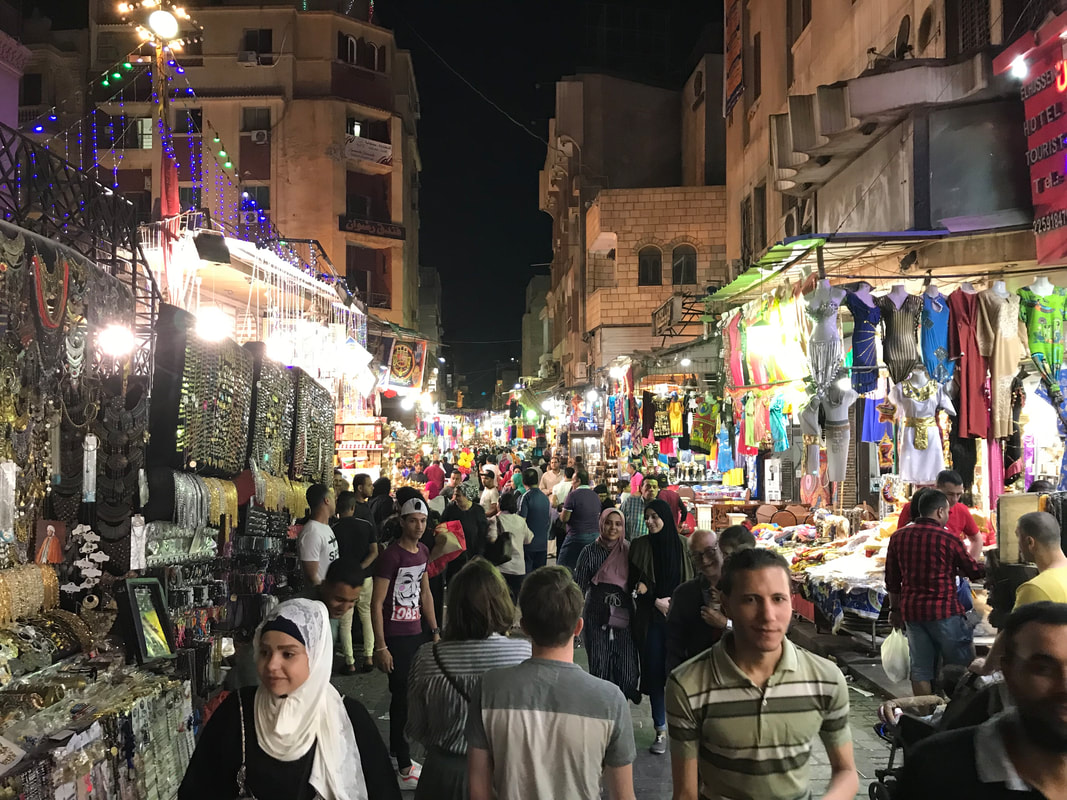
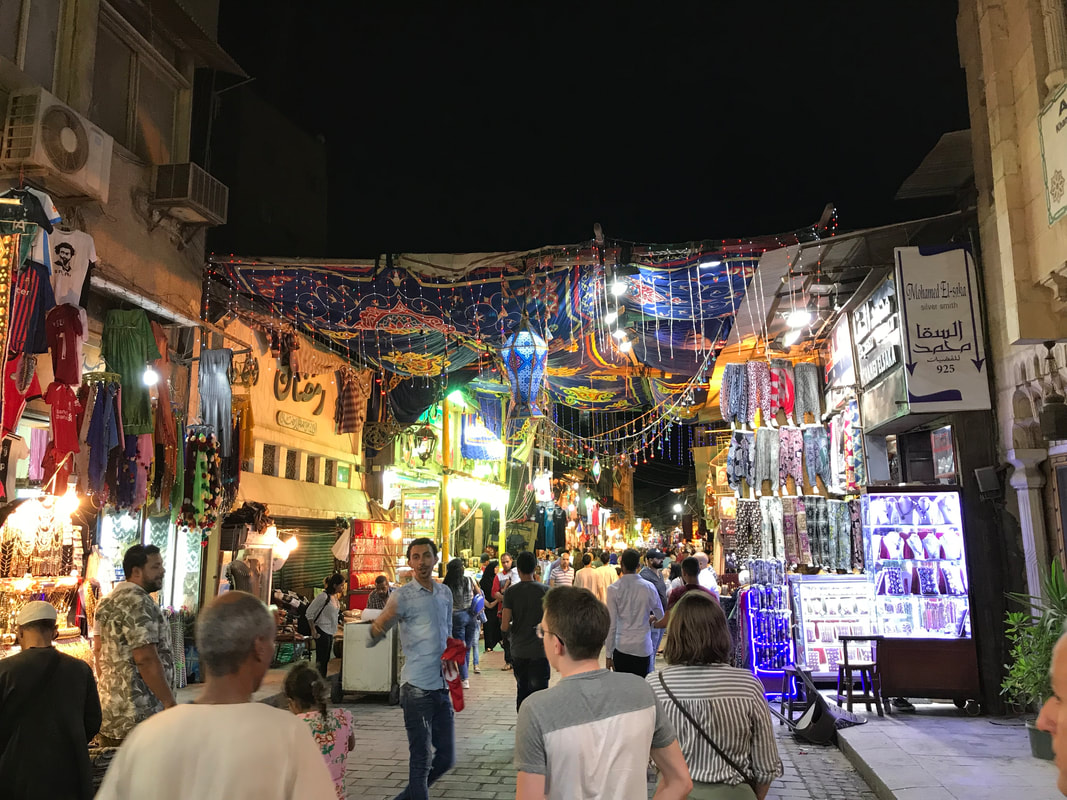
 RSS Feed
RSS Feed